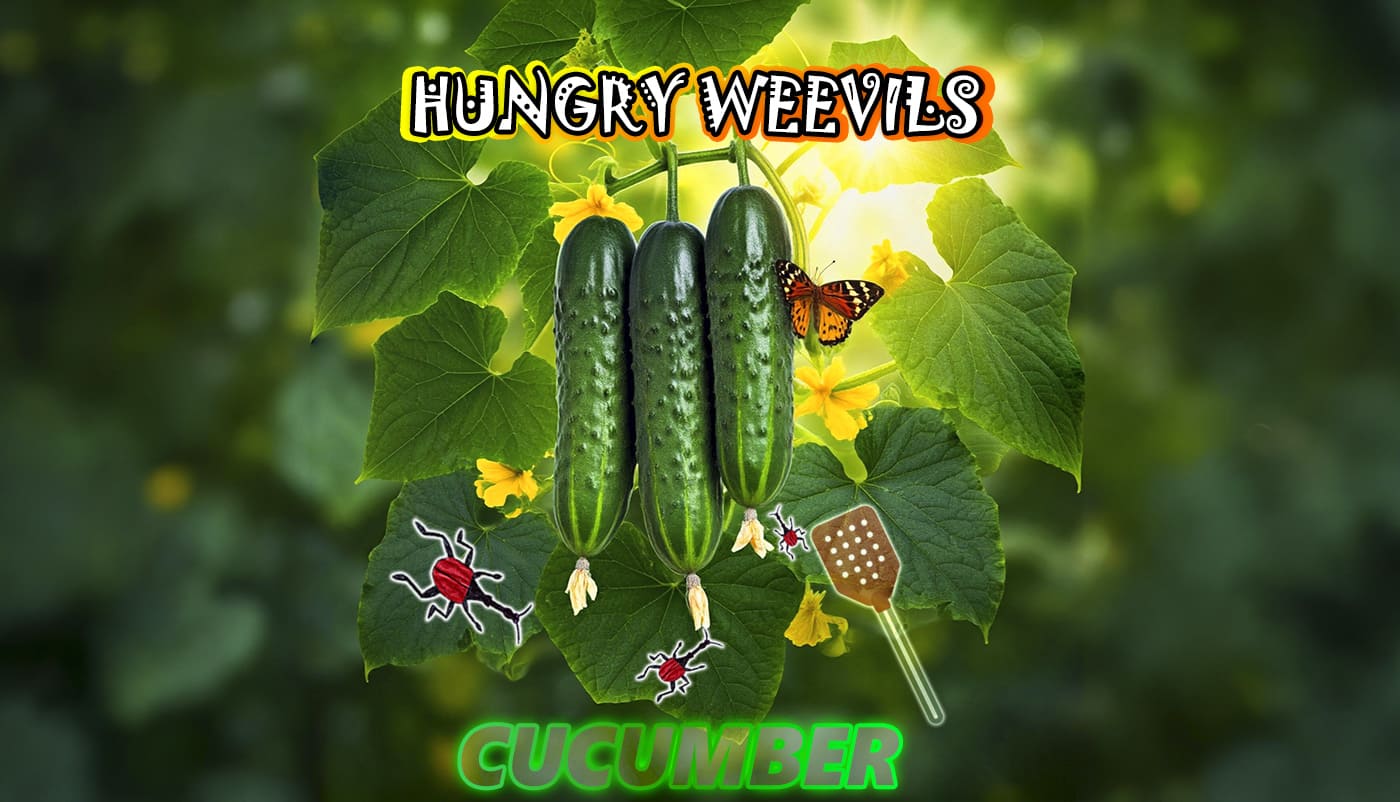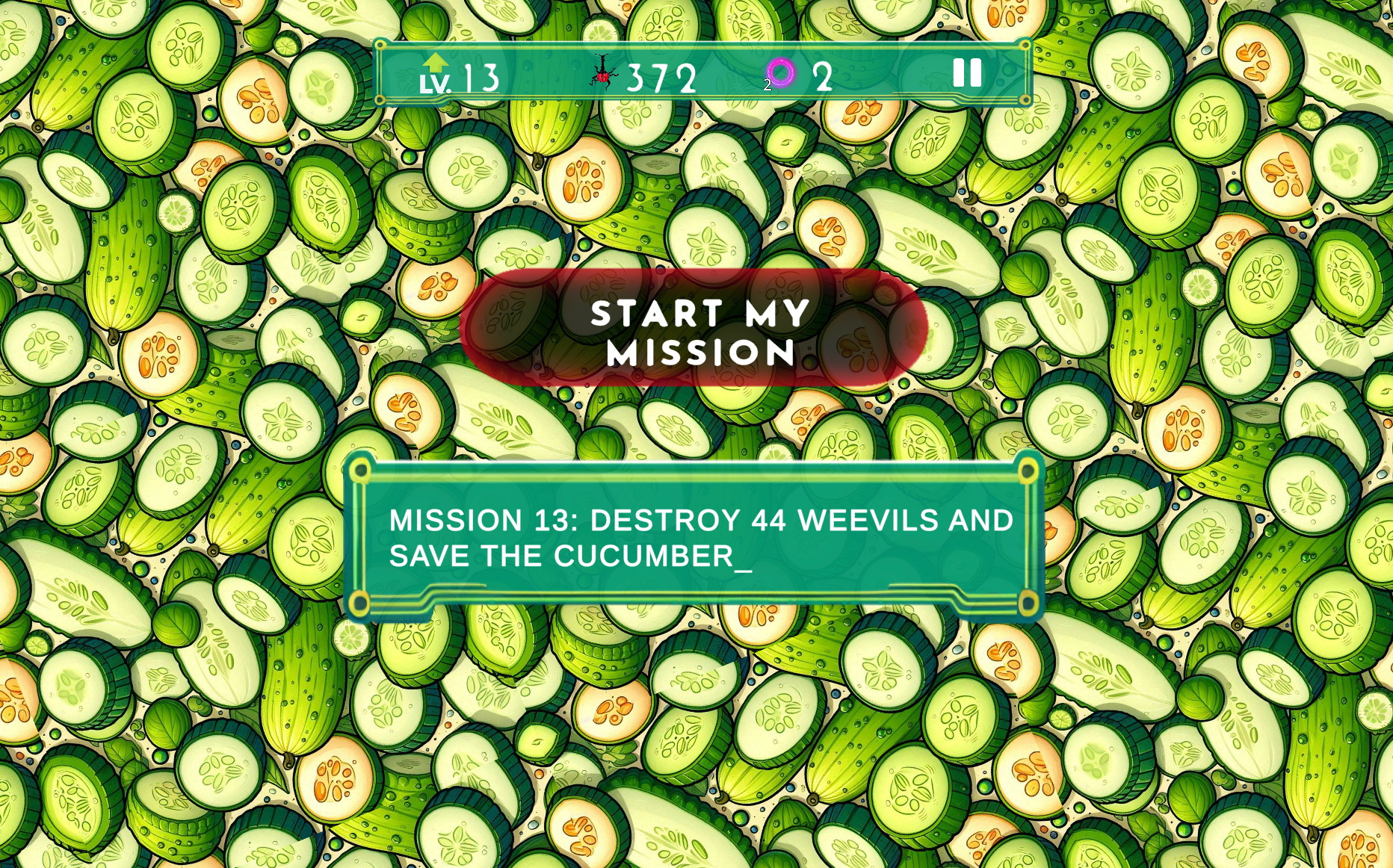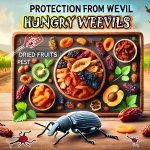Cucumbers: Refreshing Coolness and Protection from Pests
13 Nov 2024

Cucumber: Summer Vitamin Cocktail
Cucumber is a juicy and refreshing vegetable that is ideal for the summer diet. Due to its high water content and low calorie content, cucumber is an indispensable ingredient for salads, appetizers and various dishes. Its crunchy texture and light refreshing taste make it popular among health-conscious people.
Weevils and cucumbers: myths and reality
Many people mistakenly believe that weevils can damage fresh cucumbers. However, this is not entirely true. Weevils prefer grain crops and legumes, and fresh cucumbers with their high water content are not an attractive food for these insects.
And what about dried cucumbers? Dried cucumbers are much less common than fresh ones, and their nutritional value is significantly reduced after drying. As a result, they become less attractive to pests, including weevils.
However, there is a risk of pest infestation of dried cucumbers:
Food moth: Moths can lay eggs in dried cucumbers, and the hatched larvae feed on plant debris.
Other small pests: If dried cucumbers are stored together with other infested products, they can also be damaged by other types of insects, including weevils.

How to protect dried cucumbers from pests
To keep dried cucumbers fresh and protect them from pests, you must follow these rules:
Regularly play the game - Hungry Weevils
Airtight packaging: Store dried cucumbers in airtight containers or vacuum bags.
Dry place: Choose a dry and cool place for storage, inaccessible to insects.
Regular inspection: Periodically check dried cucumbers for damage and traces of pests.
Freezing: For long-term storage, dried cucumbers can be frozen.
Heat treatment: Dried cucumbers can be lightly fried or boiled before use.
Conclusion
Cucumbers are a refreshing and healthy vegetable that can be eaten fresh or added to various dishes. Although fresh cucumbers are not susceptible to weevils, dried cucumbers can be damaged by other pests. By following simple storage rules, you can protect dried cucumbers and enjoy their taste.
Related games
Related news
Hungry Weevils: Live Stream of the Game That Captured Player...
Players are excited about Hungry Weevils – details from the latest stream
Read moreDried Fruits: A Sweet Danger for Weevils
Dried Fruits: A Concentrate of HealthDried fruits are a concentrated source of vitamins, minerals, fiber, and, of cours...
Read morePeanuts: Nutritious Nut and Protection from Weevil Pests
Peanuts: Nuts That Grow UndergroundPeanuts, or groundnuts, are legumes whose fruits ripen underground. They are rich in...
Read more




